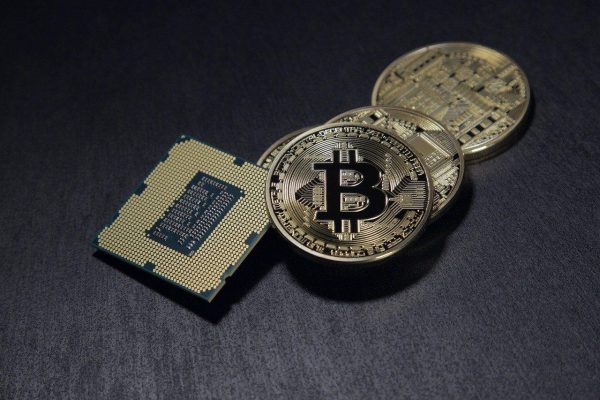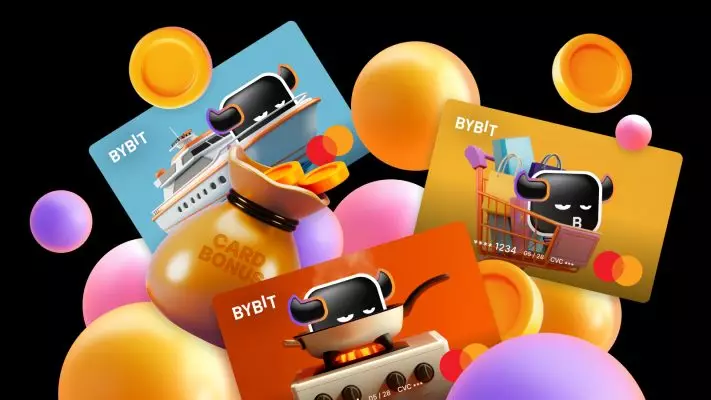Investing in Bitcoin is the easiest and most secure way of making money with crypto. As it has a long history of operating on the market and being impossible to overthrow by any other asset, worldwide adoption may be closer than it seems. A few countries have already tried making it legal tender, and economies are making considerable efforts to regulate it to provide a thorough framework for how Bitcoin will develop.
Luckily, the store of value asset reached a point where it can be used by anyone, anywhere, without regulation. In Africa, people are buying and selling bitcoins with the help of a SIM card and revolutionary technology. Whereas in other places, it’s more efficient to buy Bitcoin with bank transfer since there are specific transfer modes that are more or less safe than other purchase options.
Regardless, working with Bitcoin is more challenging than it seems because investors must seek ways to fight the increased volatility and uncertainty around cryptocurrency. While there are many ways to make money and avoid losing a considerable amount of value, many people say that hodling is the best strategy. Here’s why.

What is Hodling? And Why is it Called That?
The term of this strategy originates from a famous investor who misspelled the word on a post on the internet, and this is where the word started to acquire real meaning. While some thought of HODL as an acronym for “hold on for dear life,” others simply thought hodl is a funny word that describes a complex situation.
In other words, hodling is where investors hold their Bitcoin for as much as it’s possible in an attempt to fight volatility. Considering that it’s getting more difficult to predict the cryptocurrency’s price, sometimes it’s better to keep the coins for a longer period.
The strategy is simple, yet it takes a lot of patience to provide solid results. Investors must buy Bitcoins and hold them for years until their values reach considerable heights and can be sold for a better price. This method decreases risks and exposes investors to volatility less, but it requires them to keep the coins even during market crashes.
It may be one of the most challenging strategies for investing in Bitcoin because some serious psychological concerns are involved here. In crypto, the concept of FOMO is frequently used to express investors’ fear of losing their coins or their value when the prices increase. This fear of missing out is hard to control and is the leading cause of impulse buying and selling Bitcoin because the uncertainty of the market causes people to jump to conclusions and take sudden actions.
Why is hodling a preferable strategy to any other?
Hodling has numerous benefits that make it better than day trading, for example, such as the following:
- Investors don’t have to be on top of the news all the time;
- Investors are not in danger of being affected by cryptocurrency volatility;
- Investors can yield significant results in the long turn and with less risk;
However, hodling has its drawbacks, which is why not that many investors are willing to try it out:
- Hodling during bear markets is almost impossible to get through;
- Investors must be prepared with capital in case of liquidity needs;
- Investors need to strengthen the security of their wallets to avoid cyber-attacks;
- Investors may lose or forget the private keys that provide access to the wallet;
Therefore, people should be prepared to face challenges even in the long term because the risks of not prioritizing the investment too much are also viable when it comes to hodling. At the end of the day, this strategy only minimizes the chances of volatility interfering with the assets’ values, but it doesn’t eliminate its occurrence.
Why an Increasing Number of Inactive Bitcoins Show how Hodling is a Good Strategy
Lately, it has been discovered that a considerable number of circulating bitcoins have been inactive for quite a while. 13.3 million bitcoins have been dormant on-chain, and some idle for over three years. As their number increases, we see how hodling is safer for investors because it provides them with more peace of mind.
There are other reasons for this trend. Bitcoin’s supply is slowly going to an end, even though it’s supposed that the last Bitcoin will be released somewhere around 2140. Still, every four years or so, Bitcoin halvings occur to reduce the rate at which coins are created in order to lower the supply. Considering the next halving is in 2024, investors might be pressured about hodling their assets because there will be less bitcoin in circulation as halvings continue.
Investors shouldn’t rely only on Bitcoin
Of course, investing only in Bitcoin can be considered a mistake by most investors. That’s because even with hodling, its volatility can be dangerous. At the same time, the lack of diversification in the portfolio won’t help the investors’ income thrive.
It’s true that many cryptocurrencies don’t compare with Bitcoin, the most important coin in the market. However, they all have unique features and might compensate for Bitcoin’s scarcity. For example, other assets have cheaper transaction fees, are more sustainable and provide faster blockchains. Plus, Bitcoin mining is complex and requires strong computational power, which many miners have struggled with.
It’s not that simple to say if investors should hodl all their cryptocurrencies because they might not have the same value as Bitcoin. For example, even if Ethereum is the second most popular coin, its value and importance so far from Bitcoin. It may be a good idea to have a portfolio where bitcoins are hodled for a long time and other digital assets of various types are bought and sold to strengthen the portfolio.
Bottom Line
Bitcoin hodling is a strategy that involves continuous storage of bitcoins as a way to mitigate volatility and make considerable returns. While this method takes a lot of time to show tangible results and requires patience, it is one of the safest and most solid ways to take advantage of Bitcoin.


